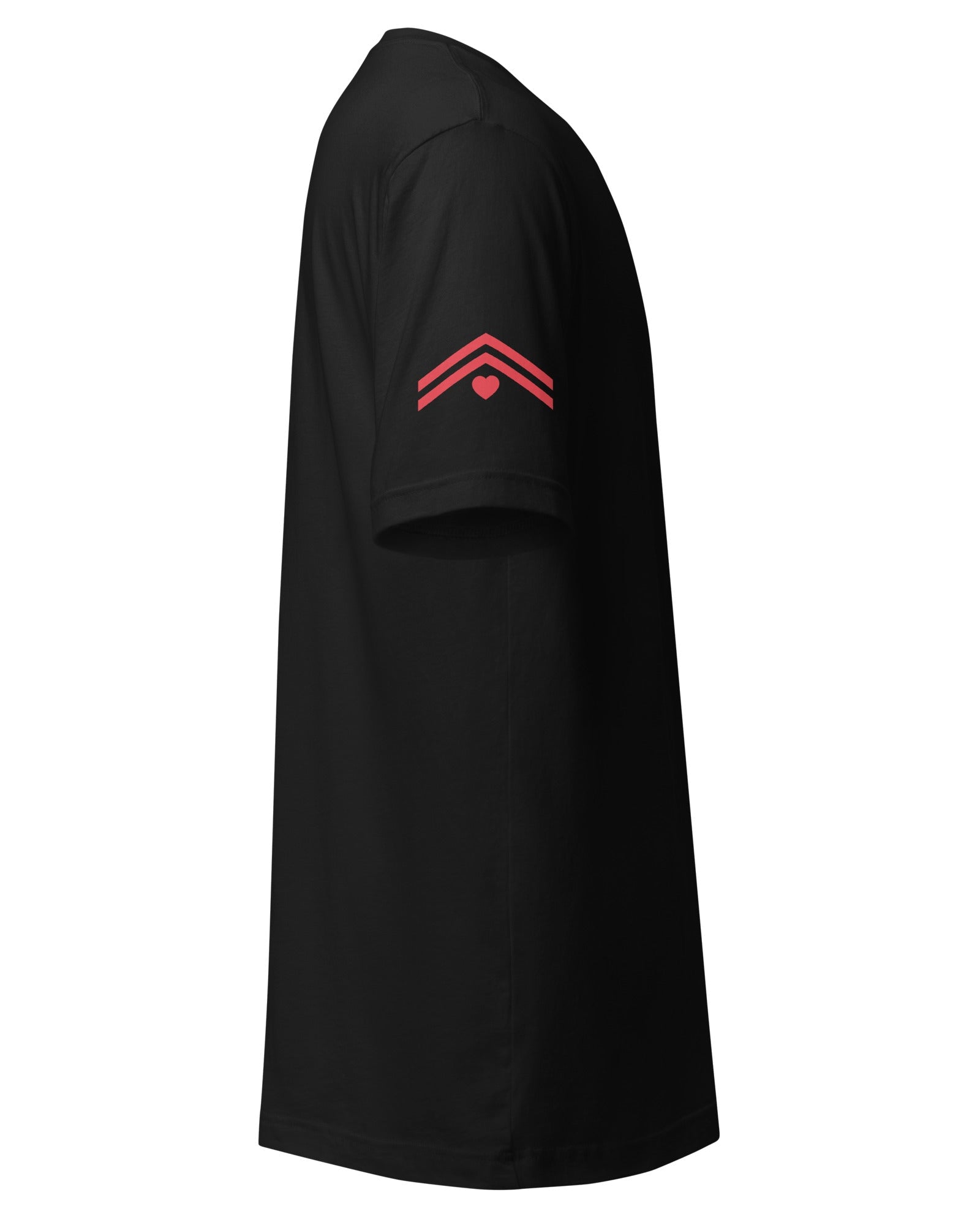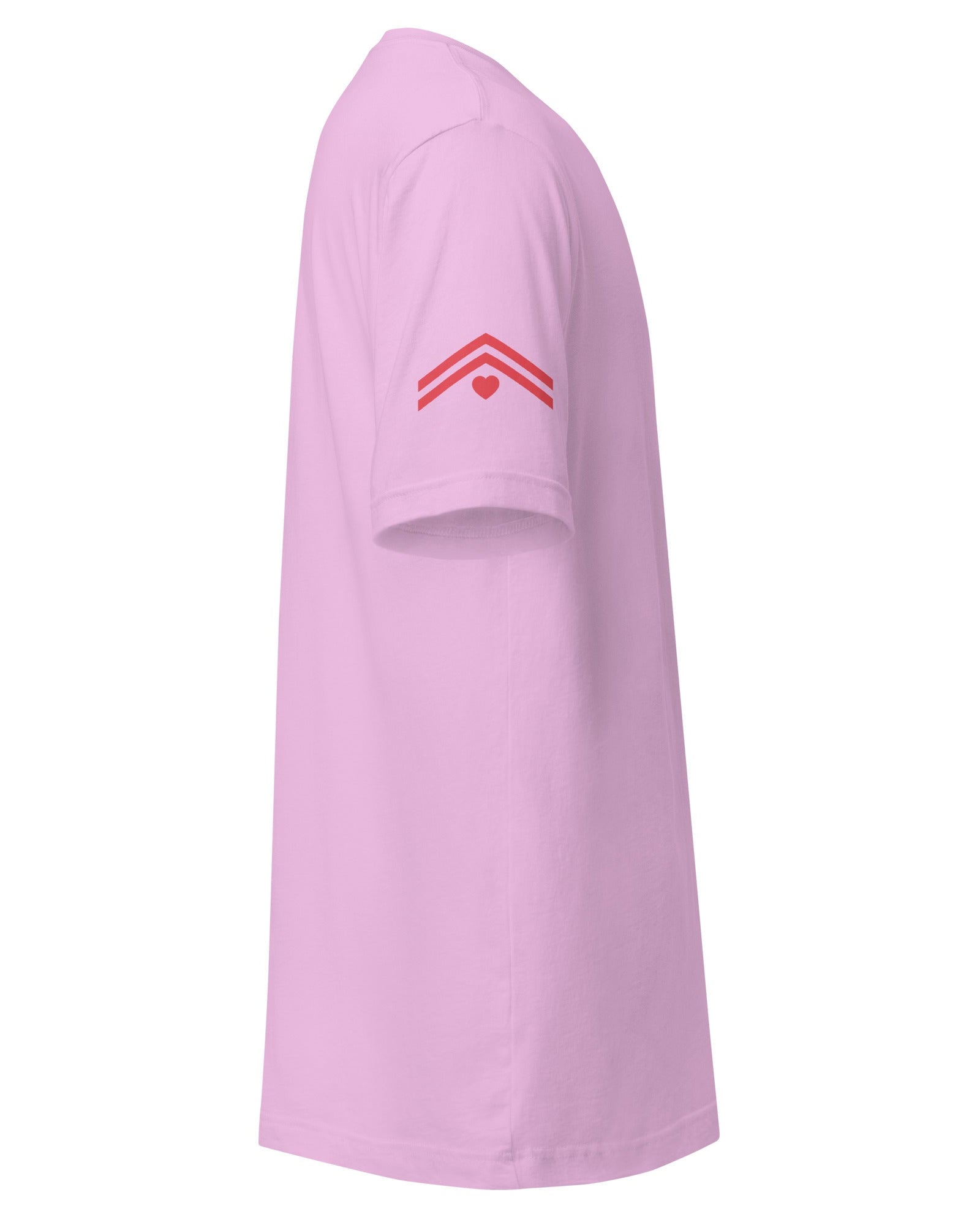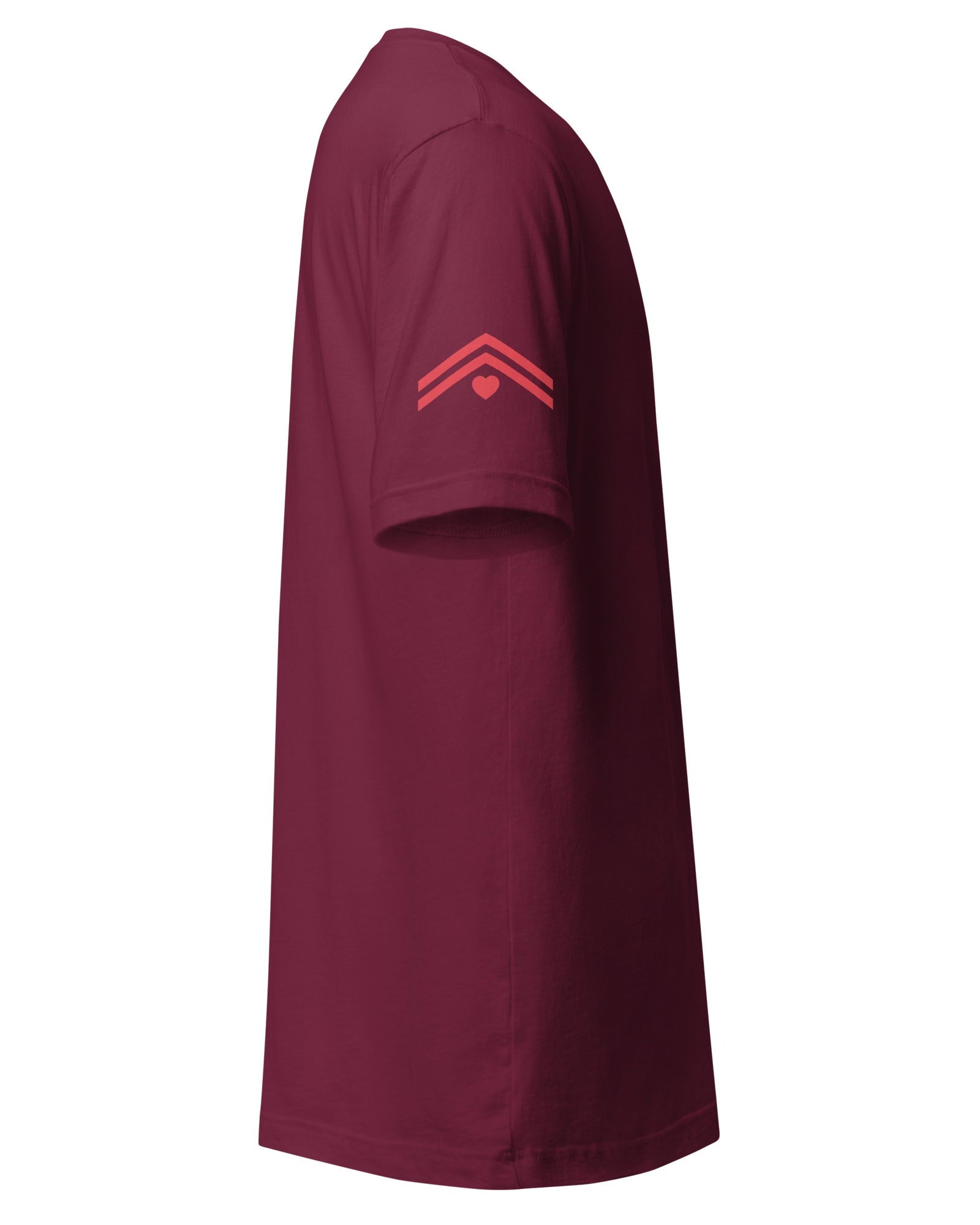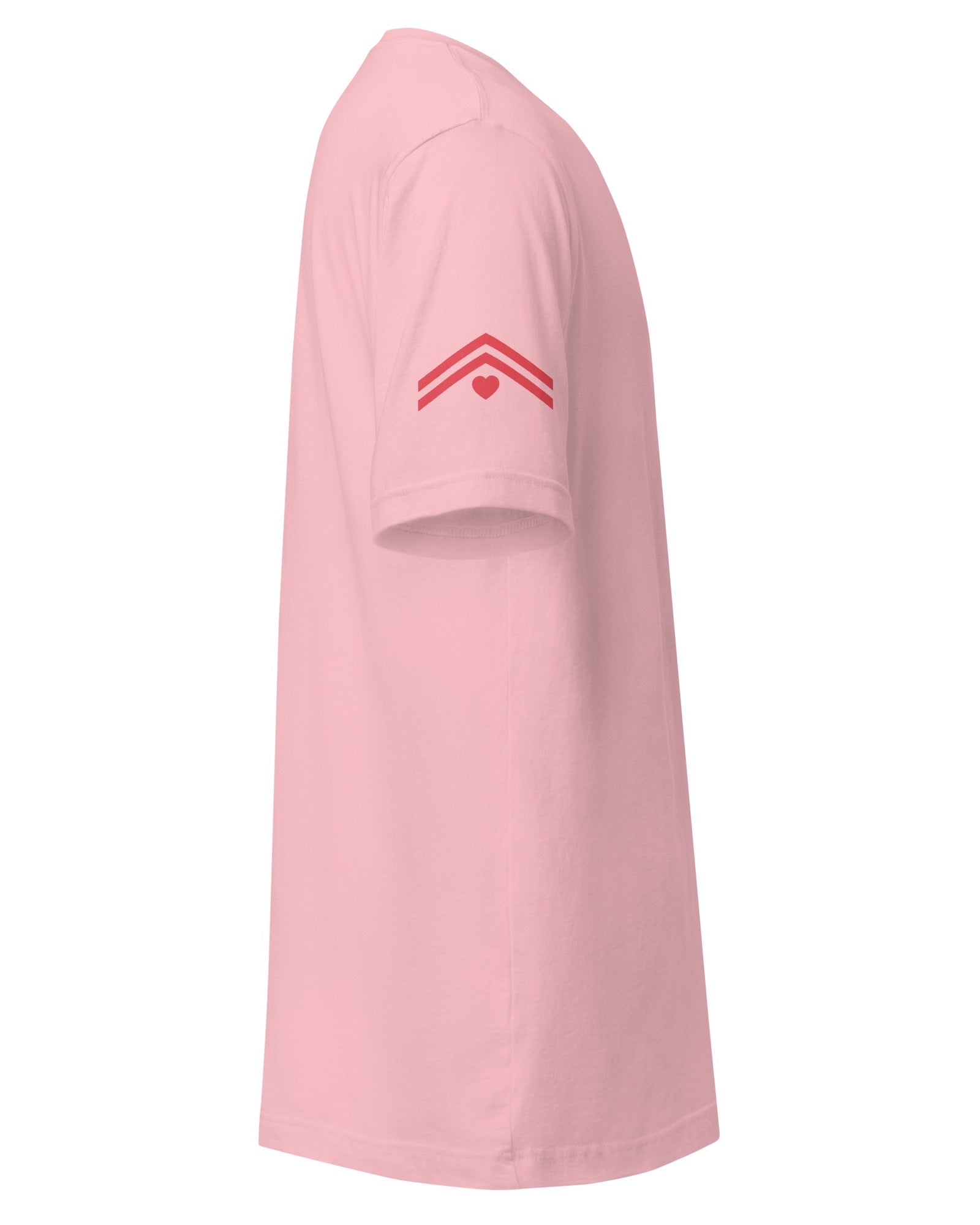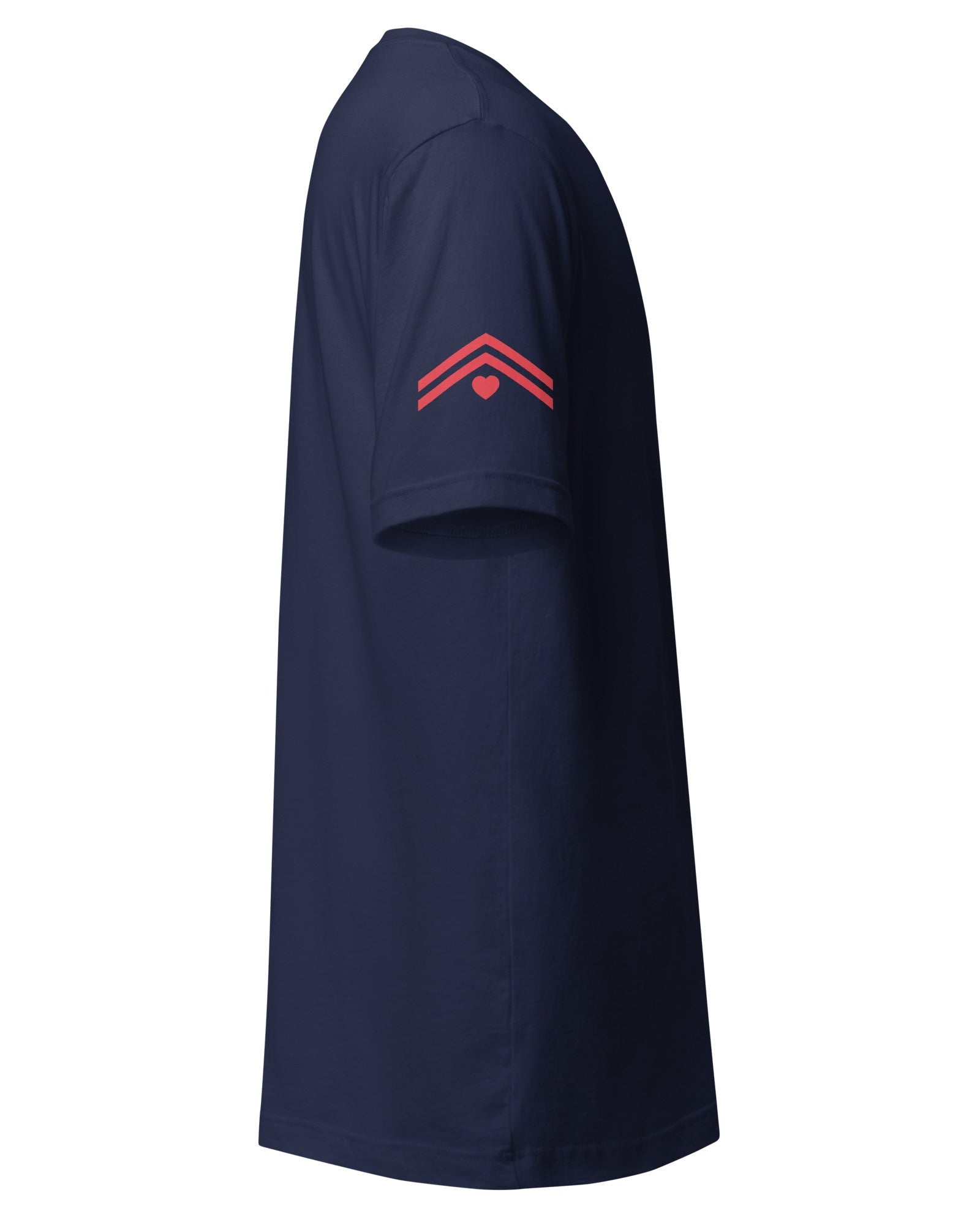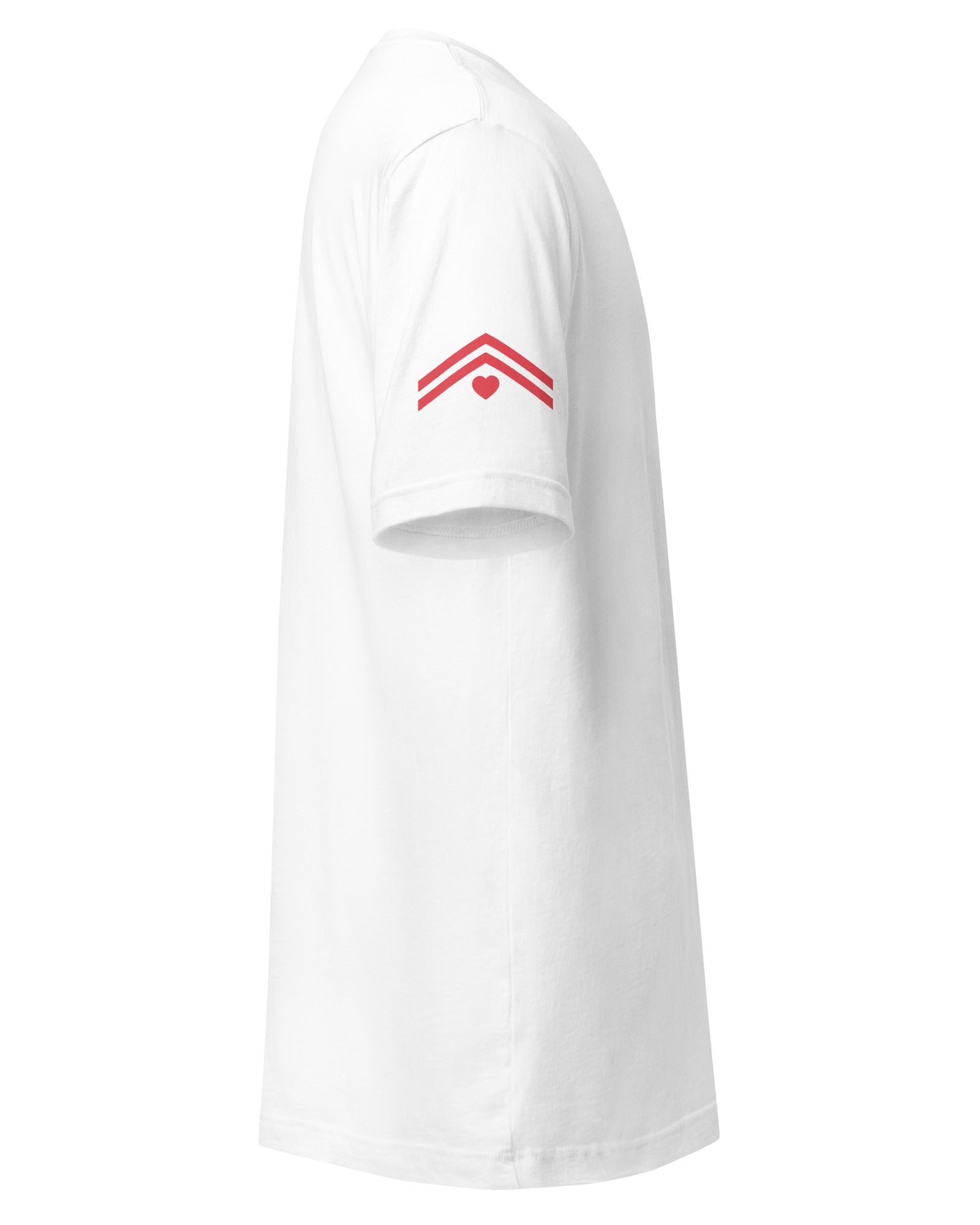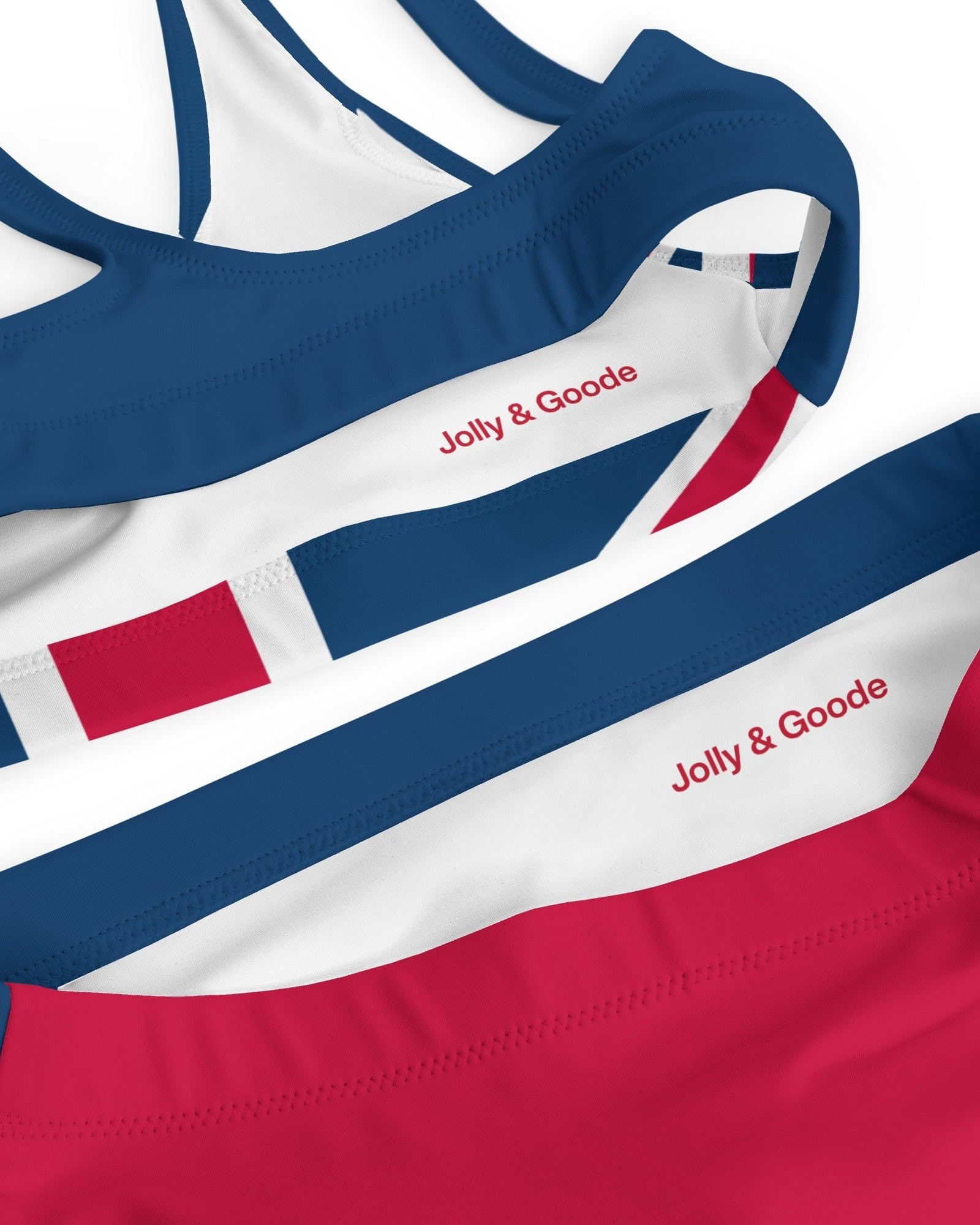The Prime Meridian is the reference line from which all other lines of longitude are measured around the globe. It is also the starting point for measuring time.
History of the Prime Meridian
Before the invention of accurate clocks, navigators and cartographers had difficulty accurately determining a ship's longitude at sea. They could use the position of the sun and stars to determine their latitude, but longitude was largely a mystery.
The British government passed the Longitude Act, which offered a substantial monetary reward to anyone who could invent a clock that could keep accurate time at sea (this was a time when accurate clocks on land required delicately balanced swinging pendulums, which didn't work onboard a boat rising and falling over ocean swells).
John Harrison, an English clockmaker, invented a clock that could keep accurate time at sea and won the prize. He is widely regarded as one of the most important Britons to have ever lived, in part because his invention empowered Britain to dominate the world's oceans. A pocket-watch was in many ways the foundation of the British Empire.
An international conference was held to establish a universal standard for timekeeping and mapping. The conference established the Prime Meridian as the line of longitude that passed through the Royal Observatory in Greenwich, England. The choice of the Greenwich Meridian was not arbitrary; it was already being used as the reference line for British maps and charts.
Prior to the invention of an accurate and seaworthy timepiece, astronomers played a central role in both navigation and timekeeping. Their role was greatly diminished by our new ability to carry time in our pockets.
Unfortunately, this also meant that over time, the average person paid less attention to the heavens, to the point where modern people barely need to glance at the stars to conduct their lives, even as their GPS location is determined by orbiting satellites which references the Greenwich Meridian for accuracy.
The location of the Prime Meridian at the Royal Observatory in Greenwich reflects the historical importance of astronomy in timekeeping. It was established at a moment when astronomers still held sway, before they lost the race for accurate timekeeping at sea to a clockmaker.
Since Prime Meridian is often referred to as the Greenwich Meridian, one could say the world revolves around Greenwich.
Modern Significance of the Prime Meridian
The Prime Meridian continues to serve as the reference line for longitude measurements and timekeeping. It is the starting point for measuring time zones, which are based on 15-degree increments of longitude. Each time zone is one hour ahead or behind the zone immediately to the east or west, respectively. The International Date Line is located on the opposite side of the Earth from the Prime Meridian and serves as the transition line between one calendar day and the next.
The Prime Meridian also plays a role in global navigation and positioning. The Global Positioning System (GPS) uses satellites to determine a user's location on the Earth's surface. GPS receivers measure the time it takes for signals to travel from the satellite to the receiver. Because the speed of light is constant, the receiver can calculate the distance to the satellite based on the time it takes for the signal to arrive. By measuring the distance to multiple satellites, the receiver can determine its location on the Earth's surface. However, GPS satellites orbit the Earth and move relative to the surface, which can cause errors in the measurements. To correct for these errors, GPS uses a system of satellites that orbit over the equator and transmit correction signals to GPS receivers. These correction signals are based on the difference between the GPS system's reference frame and the reference frame based on the Prime Meridian.
The Prime Meridian also has cultural and symbolic significance. It is a reminder of the historical importance of navigation and timekeeping and the international cooperation necessary to establish a universal standard.
The Greenwich Meridian is a tourist attraction, with visitors coming to see the Royal Observatory and stand on the Prime Meridian line. The line itself has become a symbol of the interconnectedness of the global community.
Introducing the Greenwich Meridian collection
To celebrate the Meridian, we created the Greenwich Meridian collection of clothing and gifts. These items show the 0° 0' 0" longitude of the Royal Observatory in Greenwich. This collection is a bold yet subtle celebration of the Prime Meridian, and these are the perfect items for a day out in London.
The collection includes clothing and gifts for men, women and kids, including swim shirts, crop tops, sports jerseys, hoodies, sweatshirts, tote bags and more.
If someone is your Prime Meridian, give them a lovely item from our Prime Meridian collection to let them know your world revolves around them.
Will you be someone's Prime Meridian? The reference point that defines their world and their time?


